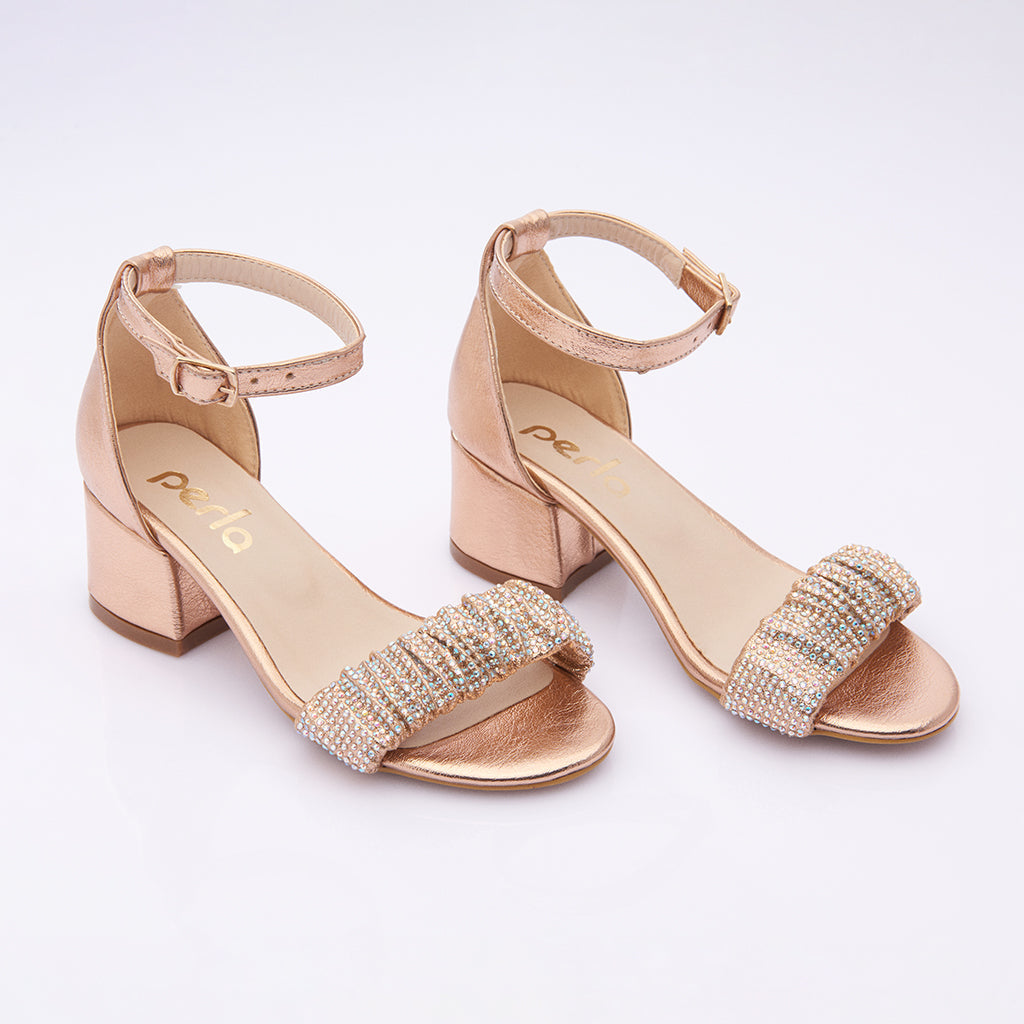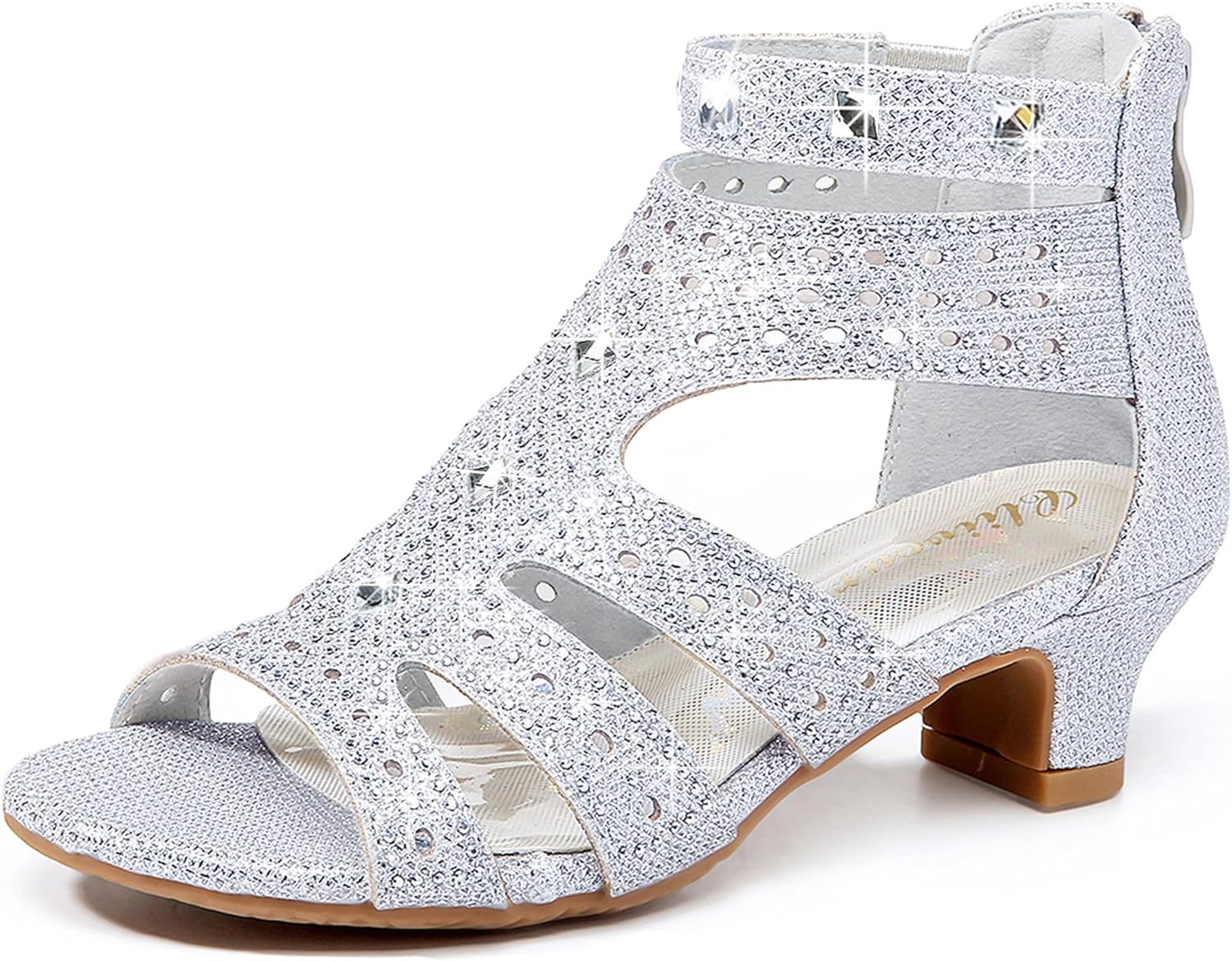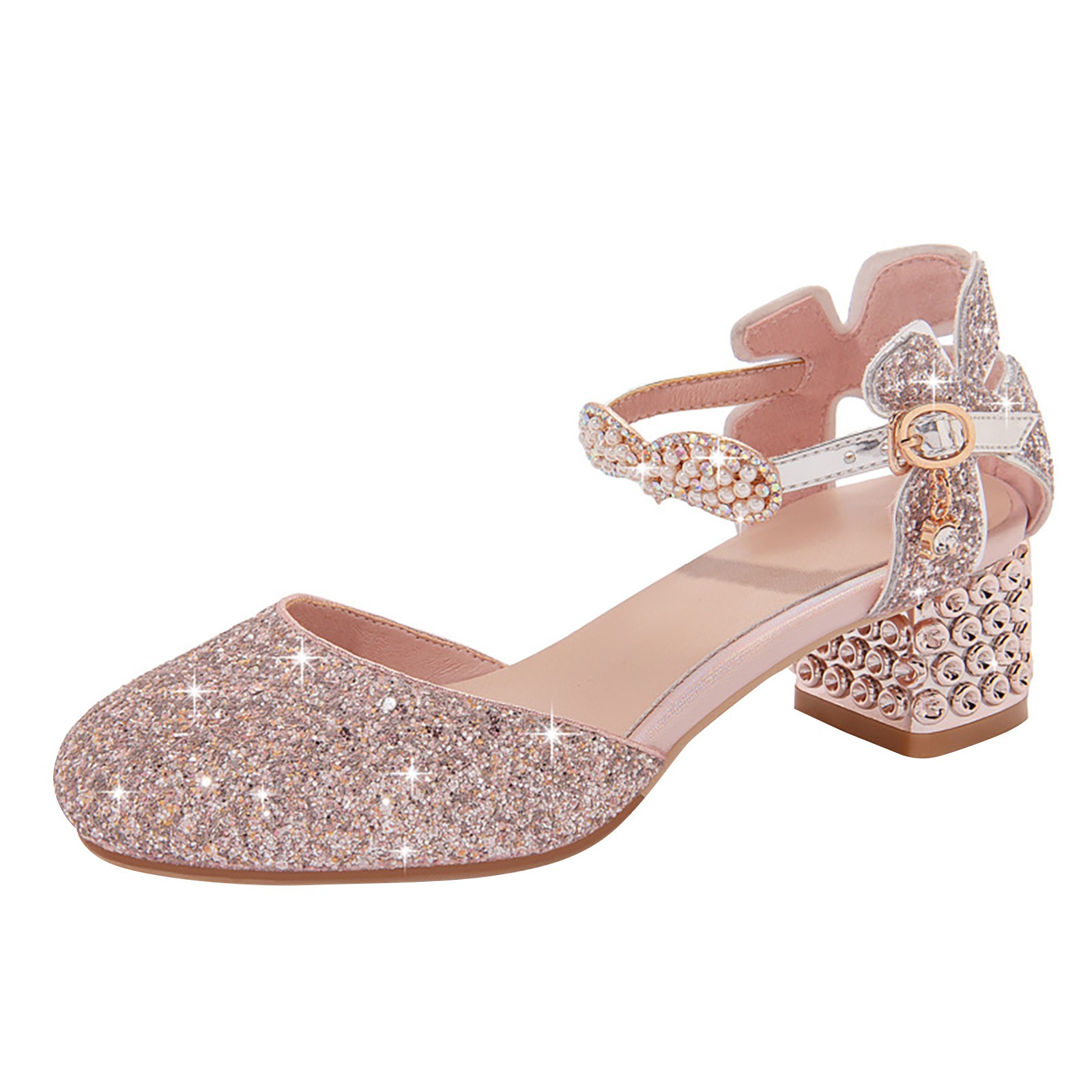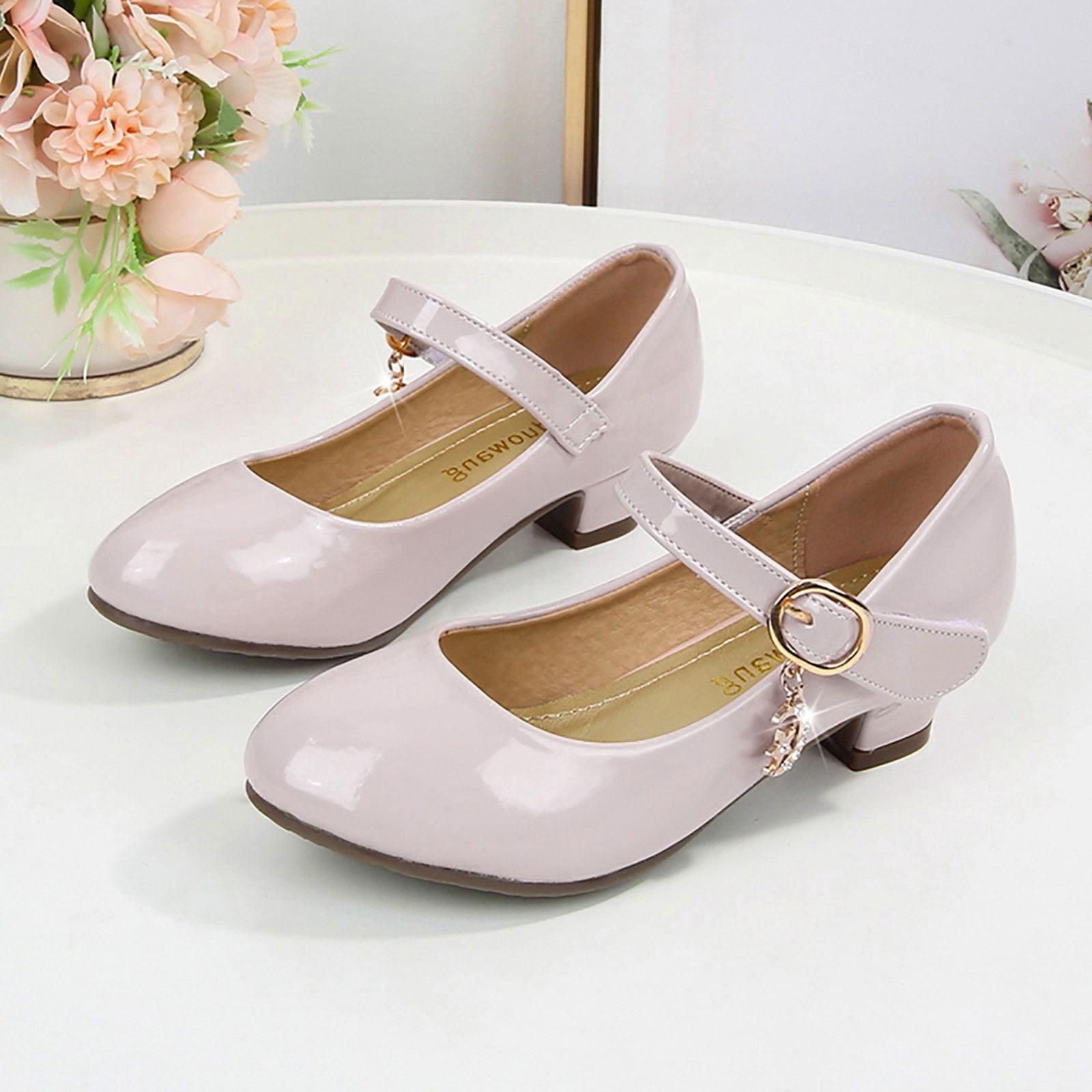In the ever-evolving landscape of fashion and personal expression, the topic of high heels for kids has become a subject of intense debate and controversy. On one side, proponents argue that high heels can serve as a means of fostering creativity, self-confidence, and a sense of personal style in children. On the other hand, critics vehemently oppose the idea, citing concerns over the potential physical, emotional, and psychological ramifications. As parents, caregivers, and fashion enthusiasts grapple with this complex issue, it is essential to approach the discussion with nuance, empathy, and a deep understanding of the multifaceted implications.
The Arguments for and Against High Heels for Children
The debate surrounding high heels for children has sparked a polarized conversation, with both advocates and opponents presenting compelling arguments to support their respective positions. Navigating this discourse requires a balanced and comprehensive examination of the potential benefits and risks associated with this sartorial choice.
The Potential Benefits of High Heels for Children
Proponents of high heels for children often emphasize the positive impact these footwear choices can have on a child’s development, self-expression, and overall well-being.
Fostering Creativity and Self-Expression
Allowing children to experiment with high heels can be viewed as a means of encouraging creativity, self-exploration, and the development of personal style. Proponents argue that this freedom of expression can contribute to a child’s sense of autonomy and confidence.
Boosting Confidence and Poise
Wearing high heels may, for some children, instill a sense of confidence, grace, and poise, which can translate to improved posture, self-assurance, and social interaction.
Preparing for the Future
From the perspective of some advocates, permitting children to wear high heels can be seen as a way of gradually acclimating them to the fashion choices they may encounter as they transition into adulthood.
The Potential Risks and Concerns
On the opposing side of the debate, critics of high heels for children raise a multitude of concerns, ranging from physical health to broader societal implications.
Potential Physical Harm
One of the primary concerns is the potential for physical harm, as high heels can place undue stress on a child’s growing bones, muscles, and joints, potentially leading to long-term issues such as foot deformities, back pain, and balance problems.
Emotional and Psychological Implications
Critics argue that the premature sexualization associated with high heels may have profound emotional and psychological consequences, potentially impacting a child’s self-image, body confidence, and overall well-being.
Societal Expectations and Gender Norms
The debate surrounding high heels for children also intersects with broader discussions around gender norms, societal expectations, and the potential for reinforcing harmful stereotypes.
The Nuanced Approach: Balancing Caution and Consideration
As the debate surrounding high heels for children continues, it is essential to approach the issue with a nuanced and balanced perspective, acknowledging the complexity of the topic and the diverse range of factors at play.
Prioritizing the Child’s Well-Being
At the heart of this discussion should be the unwavering commitment to the child’s overall well-being, both in the present and the long term. Any decisions regarding high heels should be made with the child’s physical, emotional, and psychological health as the top priority.
Consulting with Professionals
Seeking guidance from pediatricians, child development experts, and mental health professionals can provide invaluable insights and help parents and caregivers make informed decisions that align with the child’s best interests.
Fostering Open Communication
Engaging in open and honest dialogue with children about the implications of high heels, and actively involving them in the decision-making process, can help foster a sense of understanding and empowerment.
Embracing Gradual and Age-Appropriate Approaches
Rather than adopting an all-or-nothing stance, a more nuanced approach may involve gradually introducing high heels in an age-appropriate manner, with a focus on ensuring the child’s comfort, safety, and overall well-being.
Introducing Low-Heeled Options
Starting with low-heeled or wedge-style shoes can help mitigate some of the physical risks associated with high heels, while still allowing children to explore their fashion interests.
Transitioning with Caution
As children grow older, the gradual introduction of higher-heeled options, coupled with close monitoring and the continued prioritization of the child’s well-being, may be a more prudent approach.
Emphasizing Holistic Personal Development
While the debate surrounding high heels for children often centers on the sartorial aspects, it is crucial to recognize the broader implications for a child’s overall personal development and growth.
Fostering Diverse Interests and Talents
Encouraging children to explore a wide range of activities, hobbies, and interests, in addition to their fashion choices, can help nurture a well-rounded sense of self and prevent the overemphasis of any single aspect of their identity.
Promoting Healthy Self-Expression
Regardless of the specific fashion choices, the underlying goal should be to create an environment that celebrates and supports a child’s authentic self-expression, without imposing narrow or restrictive expectations.
The Way Forward: Embracing Nuance, Empathy, and Evolving Perspectives
As the debate surrounding high heels for children continues to unfold, it is essential to approach the topic with a willingness to engage in thoughtful discourse, embrace evolving perspectives, and prioritize the well-being of children above all else.
Fostering Constructive Dialogue
Constructive dialogue that acknowledges the diverse viewpoints and lived experiences of all stakeholders, including parents, caregivers, fashion enthusiasts, and child development experts, can help bridge the divide and create a more nuanced understanding of the issue.
Avoiding Polarization and Judgment
It is crucial to avoid polarization and judgment, and instead, strive for a collaborative and empathetic approach that recognizes the complexities inherent in this debate.
Promoting Inclusive and Supportive Environments
By fostering inclusive and supportive environments that celebrate diversity in self-expression, we can empower children to explore their interests and identities without fear of criticism or social pressure.
Adapting to Evolving Social Norms and Contexts
As societal norms and attitudes continue to evolve, it is essential to remain open-minded and responsive to the changing landscape, ensuring that our approach to high heels for children remains relevant and aligned with the best interests of the child.
Acknowledging Cultural and Contextual Differences
Recognizing the diverse cultural contexts and personal experiences that shape the perspectives within this debate can help us navigate the nuances and avoid the imposition of universal standards.
Embracing Flexibility and Adaptability
Maintaining a flexible and adaptable stance, one that is willing to evolve in response to new research, emerging trends, and the changing needs of children, can ensure that our approach remains relevant and beneficial.
Conclusion: Prioritizing the Well-Being of Children
The debate surrounding high heels for children is a complex and multifaceted issue that requires a nuanced and empathetic approach. While there are valid arguments on both sides, the ultimate priority should be the well-being and healthy development of children. By fostering constructive dialogue, embracing evolving perspectives, and prioritizing the physical, emotional, and psychological needs of young individuals, we can navigate this discourse with wisdom, compassion, and a steadfast commitment to empowering children to express themselves authentically and safely.
As we move forward, it is crucial to remain open-minded, to seek guidance from experts, and to engage in collaborative efforts that put the child’s best interests at the forefront. Whether high heels have a place in a child’s wardrobe should be a decision made with great care, consideration, and a deep understanding of the unique needs and circumstances of each individual child.
By approaching this debate with nuance, empathy, and a willingness to adapt, we can create a more inclusive and supportive environment that celebrates the diverse expressions of self, while also ensuring the physical, emotional, and psychological well-being of children. Through this collective effort, we can empower the next generation to embrace their individuality, develop confidence, and navigate the complexities of fashion and personal style with grace, wisdom, and a steadfast commitment to their own growth and flourishing.



